Olanzapine Information
Pronunciation
oh LAN za peen
What is this drug used for?
– It is used to treat bipolar problems.
– It is used to treat schizophrenia.
– It is used to treat low mood (depression).
– It may be given to you for other reasons. Talk with the doctor.
Frequently reported side effects of this drug
– Agitation
– Loss of strength and energy
– Constipation
– Dry mouth
– Nausea
– Weight gain
– Increased appetite
– Back pain
– Injection site irritation
Other side effects of this drug: Talk with your doctor right away if you have any of these signs of:
– Infection
– High blood sugar like confusion, fatigue, more thirst, hunger, passing a lot of urine, flushing, fast breathing, or breath that smells like fruit.
– Anxiety
– Confusion
– Severe fatigue
– Weakness
– Severe headache
– Abnormal movements twitching
– Change in balance
– Difficulty swallowing
– Difficulty speaking
– Mood changes
– Thoughts of suicide
-?Behavioral changes
– Severe dizziness
– Passing out
– Slow heartbeat
– Fast heartbeat
– Lack of sweating
– Seizures
– Drooling
– Vision changes
– Trouble with memory
– Chest pain
– Swelling in the arms or legs
– Burning or numbness feeling
– Swollen glands
– Enlarged breasts
– Nipple discharge
– Sexual dysfunction
– No menstrual periods
– Neuroleptic malignant syndrome like fever, muscle cramps or stiffness, dizziness, severe headache, confusion, change in thinking, fast heartbeat, abnormal heartbeat, or sweating a lot.
– Tardive dyskinesia like unable to control body movements; tongue, face, mouth, or jaw sticking out; mouth puckering; or puffing cheeks.
– Signs of a significant reaction like wheezing; chest tightness; fever; itching; bad cough; blue skin color; seizures; or swelling of face, lips, tongue, or throat.
Note:?This is not a comprehensive list of all side effects. Talk to your doctor if you have questions.
Sound-alike/look-alike issues:
OLANZapine may be confused with olsalazine, QUEtiapine
ZyPREXA may be confused with CeleXA, Reprexain, Zestril, ZyrTEC
ZyPREXA Zydis may be confused with Zelapar, zolpidem, zapelon
ZyPREXA Relprevv may be confused with ZyPREXA IntraMuscular
Geriatric Patients: High-Risk Medication:
Beers Criteria: Antipsychotics are identified in the Beers Criteria as a potentially inappropriate medication to be avoided in patients 65 years and older due to an increased risk of cerebrovascular accidents (stroke) and a greater rate of cognitive decline and mortality in patients with dementia. Antipsychotics may be appropriate for schizophrenia, bipolar disorder, other mental health conditions or short-term use as antiemetic during chemotherapy but should be given in the lowest effective dose for the shortest duration possible. In addition, antipsychotics should be used with caution in older adults due to their potential to cause or exacerbate syndrome of inappropriate antidiuretic hormone secretion (SIADH) or hyponatremia; monitor sodium closely with initiation or dosage adjustments in older adults (Beers Criteria [AGS 2019]).
?
Injection, extended-release: Store at controlled room temperature, not to exceed 30?C (86?F).
Injection, short-acting: Store at 20?C to 25?C (68?F to 77?F); excursions permitted to 15?C to 30?C (59?F to 86?F); do not freeze. Protect from light.
Tablet and orally disintegrating tablet: Store at 20?C to 25?C (68?F to 77?F); excursions permitted to 15?C to 30?C (59?F to 86?F). Protect from light and moisture.
?
Oral:
Cardiovascular: Chest pain, hypertension, orthostatic hypotension, peripheral edema, tachycardia
Central nervous system: Abnormal gait, akathisia, articulation impairment, dizziness (more common in adults), drowsiness (dose dependent), extrapyramidal reaction (dose dependent; more common in adults), falling, fatigue (dose dependent), headache, hypertonia, insomnia, parkinsonian-like syndrome (includes akinesia, cogwheel rigidity, extrapyramidal syndrome, hypertonia, hypokinesia, masked facies, and tremor), personality disorder, restlessness
Endocrine & metabolic: Breast changes (including discharge, enlargement, galactorrhea, gynecomastia, lactation disorder), increased gamma-glutamyl transferase, increased serum prolactin (more common in adolescents), increased uric acid, menstrual disease (including amenorrhea, hypomenorrhea, delayed menstruation, oligomenorrhea), weight gain (more common in adolescents)
Gastrointestinal: Abdominal pain (adolescents), constipation, diarrhea (adolescents), dyspepsia (more common in adults), increased appetite (more common in adolescents), vomiting, xerostomia (dose dependent; more common in adults)
Genitourinary: Sexual disorder (less common in adolescents; anorgasmia, delayed ejaculation, erectile dysfunction, changes in libido, abnormal orgasm, sexual dysfunction), urinary incontinence, urinary tract infection
Hematologic & oncologic: Bruise
Hepatic: Decreased serum bilirubin, increased liver enzymes, increased serum alkaline phosphatase, increased serum ALT, increased serum AST
Neuromuscular & skeletal: Arthralgia (more common in adults), back pain, dyskinesia, limb pain, muscle rigidity (adolescents), tremor (dose dependent), weakness (dose dependent)
Ophthalmic: Amblyopia
Respiratory: Cough, epistaxis (adolescents), nasopharyngitis (adolescents), pharyngitis, respiratory tract infection, rhinitis, sinusitis
Miscellaneous: Accidental injury, fever
Injection:?Unless otherwise noted, adverse events are reported for placebo-controlled trials in adult patients on extended release IM injection (Zyprexa Relprevv). Also refer to adverse reactions noted with oral therapy.
Cardiovascular: Hypertension, hypotension (short-acting solution for IM injection), prolonged Q-T interval on ECG, orthostatic hypotension (short-acting solution for IM injection)
Central nervous system: Abnormal dreams, abnormality in thinking, akathisia, auditory hallucination, dizziness, drowsiness, dysarthria, extrapyramidal reaction, fatigue, headache, pain, parkinsonian-like syndrome, procedural pain, restlessness, sleep disorder, sedation
Dermatologic: Acne vulgaris
Endocrine & metabolic: Weight gain
Gastrointestinal: Abdominal pain, diarrhea, flatulence, increased appetite, nausea (more common in long-acting IM formula), toothache, tooth infection, vomiting, xerostomia
Genitourinary: Vaginal discharge
Hepatic: Increased liver enzymes
Infection: Viral infection
Local: Abscess at injection site, pain at injection site (both IM injection formulations)
Neuromuscular & skeletal: Arthralgia, back pain, muscle spasm, stiffness, tremor (more common in long-acting IM formula)
Otic: Otalgia
Respiratory: Cough, nasal congestion, nasopharyngitis, pharyngolaryngeal pain, sneezing, upper respiratory tract infection
Miscellaneous: Fever
Rare but important or life-threatening: Abdominal distension, accommodation disturbance, agranulocytosis, alopecia, anaphylactoid reaction, angioedema, ataxia, cerebrovascular accident, chills, coma, confusion, delirium, diabetes mellitus, diabetic ketoacidosis, diabetic coma, difficulty in micturition, DRESS syndrome, dry eye syndrome, dysarthria, facial edema, hangover effect, hepatic injury (cholestatic or mixed), hepatitis, hyperbilirubinemia, hypercholesterolemia, hyperglycemia, hyperlipidemia, hypermenorrhea, hypertriglyceridemia, hypoproteinemia, impotence, increased creatine phosphokinase, intestinal obstruction, jaundice, ketosis, leukocytosis (eosinophilia), leukopenia, liver steatosis, mastalgia, mydriasis, myopathy, nausea, neuroleptic malignant syndrome, neutropenia, osteoporosis, pancreatitis, polyuria, postinjection delirium/sedation syndrome, priapism, pruritus, pulmonary edema, pulmonary embolism, respiratory depression (Cole 2007), restless legs syndrome, rhabdomyolysis, seizure, skin photosensitivity, skin rash, sleep apnea syndrome (obstructive) (Health Canada 2016; Shirani 2011), speech disturbance, stupor, suicidal tendencies, syncope, tardive dyskinesia, thrombocytopenia, tongue edema, transient ischemic attacks, urinary frequency, urinary retention, urinary urgency, urticaria, vasodilation, venous thrombosis, withdrawal syndrome

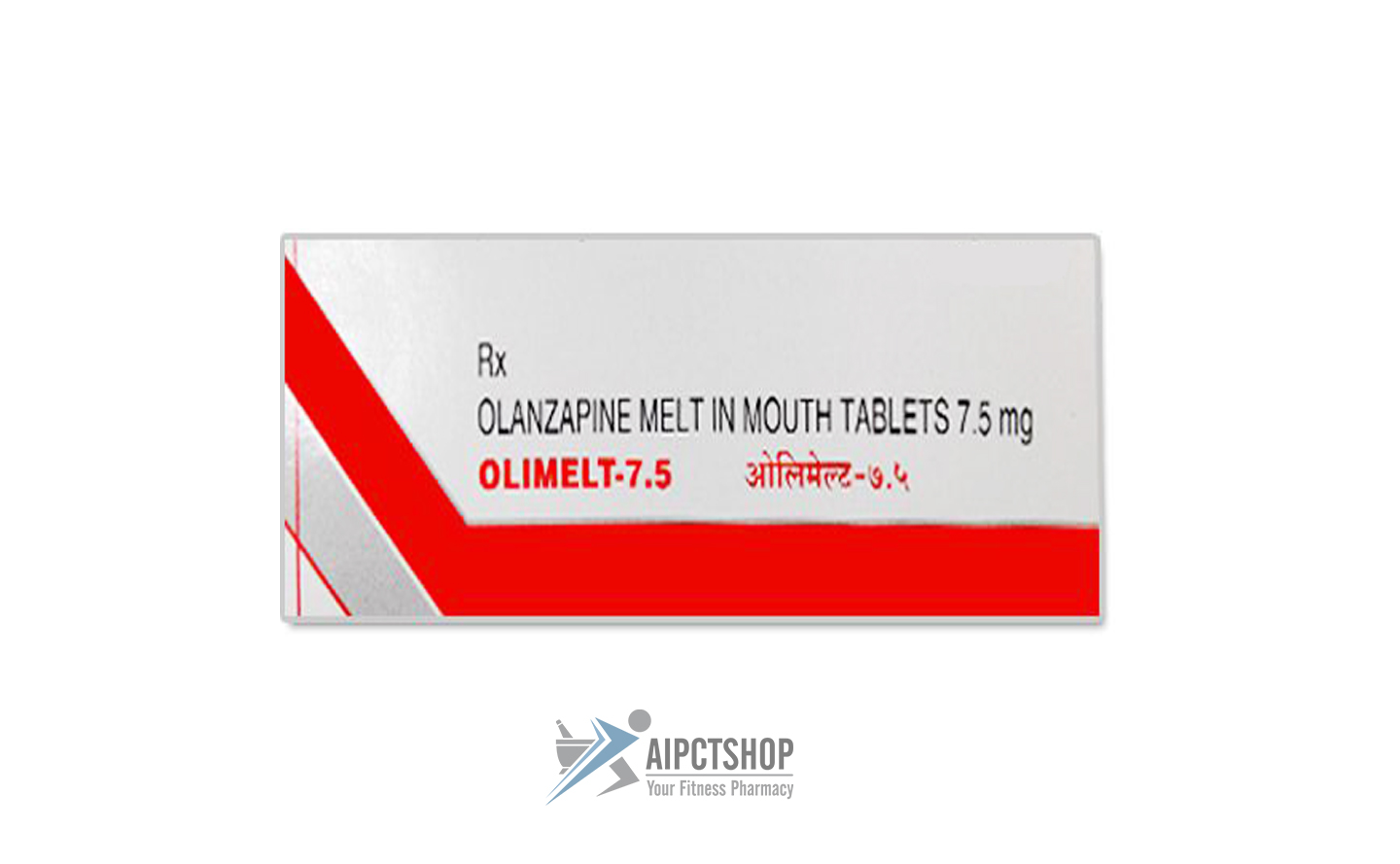
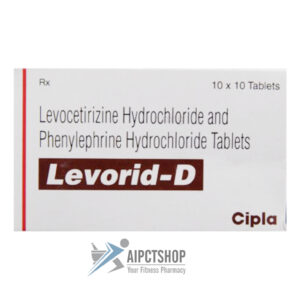

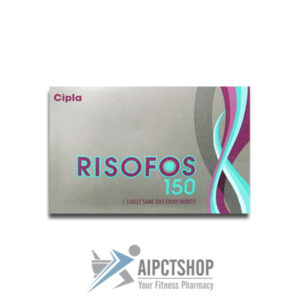
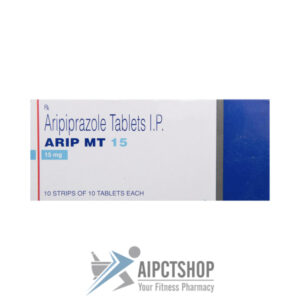
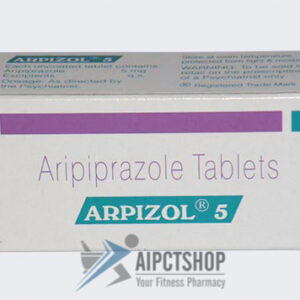
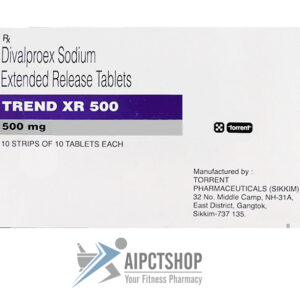
Reviews
There are no reviews yet